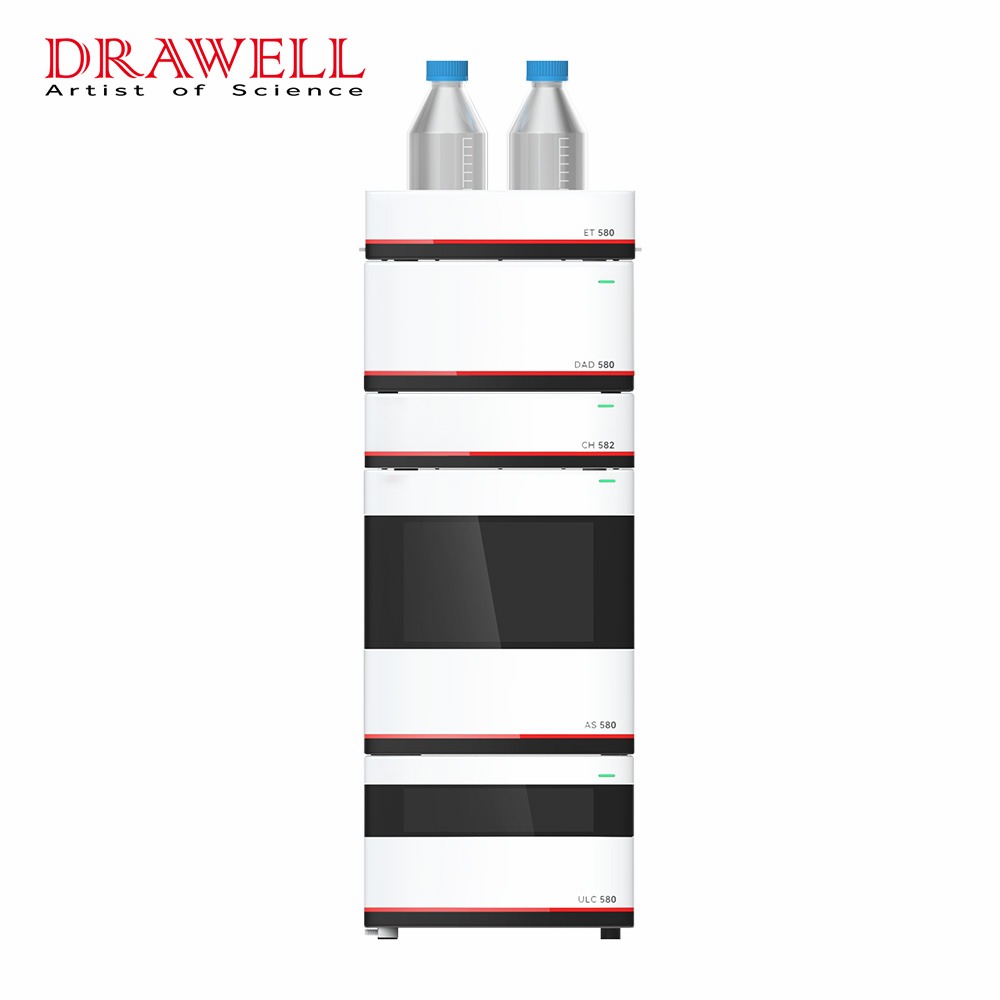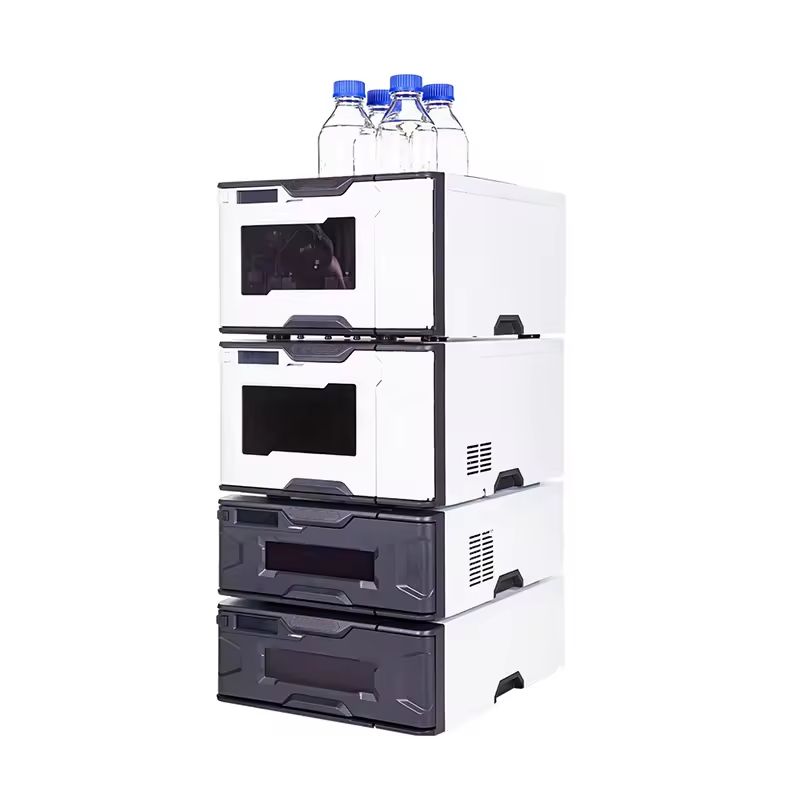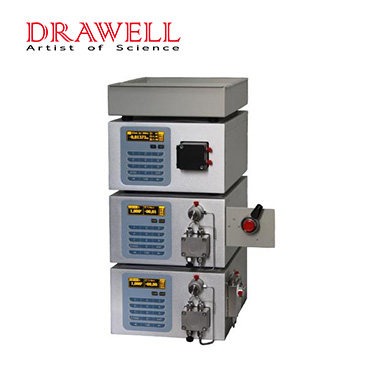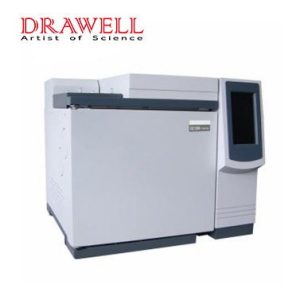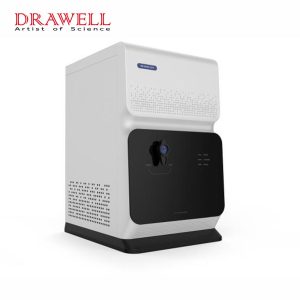In the field of analytical Chemistry In the realm of analytical chemistry, the two methods Ion Chromatography (IC) and Liquid Chromatography (LC) stand as effective methods for distinguishing and quantifying the components of liquid samples. Both are part of the same category of liquid-phase separation methods but they work with fundamentally different underlying principles and are designed for specific kinds of analytes. Knowing the key differences between these two is vital to choose the most appropriate method to tackle a particular analytical issue. This article will explore six key distinctions that distinguish IC as well as LC and provide guidelines for selecting the right technology for practical use.
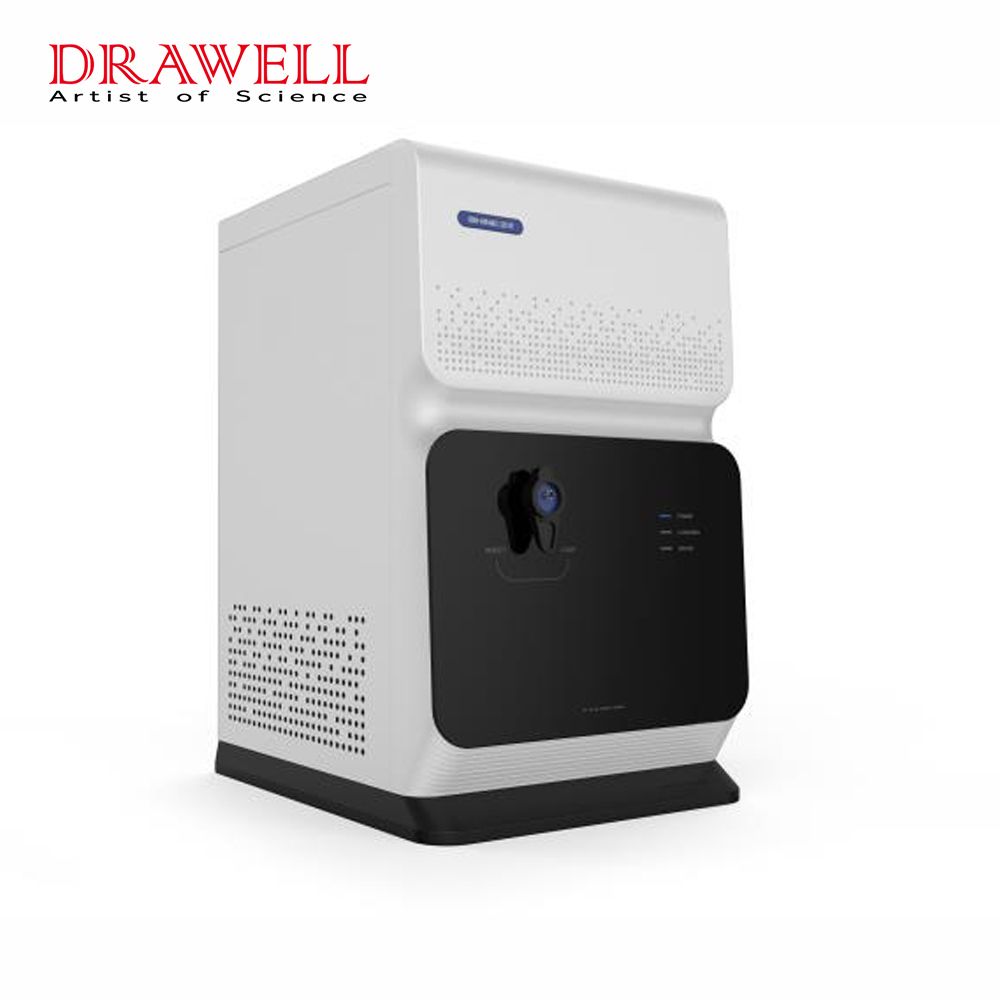
1. Differences in Working Principles
The core distinction between ion chromatography and liquid chromatography lies in their fundamental separation mechanisms. LC relies on the differential partitioning of analytes between a mobile phase and a stationary phase based on various physicochemical interactions, while IC specifically targets ionic and polar species through ionic interactions.
Ion Chromatography: Ion Chromatography separates analytes based on their ionic charge and affinity for an ion-exchange stationary phase. This stationary phase contains immobilized ions with a specific charge. Analytes with the opposite charge are attracted to these sites. Separation is achieved by eluting the bound ions with a mobile phase containing competing ions. The strength of the interaction between the analyte ion and the stationary phase, as well as the concentration and charge of the eluent ions, dictates the retention time of each analyte. For instance, in the analysis of anions in water, a positively charged stationary phase is used to attract and retain negatively charged ions like chloride, sulfate, and nitrate. These ions are then eluted sequentially by increasing the concentration of an eluent anion, such as hydroxide or carbonate.
Liquid Chromatography: In contrast, Liquid Chromatography employs a broader range of separation principles depending on the type of LC being used. These principles include differences in hydrophobicity (reversed-phase LC), polarity (normal-phase LC), molecular size (size exclusion chromatography), or specific binding interactions (affinity chromatography). Separation occurs as analytes in the mobile phase interact differently with the stationary phase based on these properties. For example, in reversed-phase LC, a non-polar stationary phase is used to separate compounds based on their hydrophobicity. More hydrophobic compounds will interact more strongly with the stationary phase and elute later than more polar compounds.
Thus, the fundamental working principle differentiates IC, which hinges on ionic interactions, from the diverse interaction mechanisms employed in various forms of LC. This difference dictates the types of compounds each technique is best suited for.
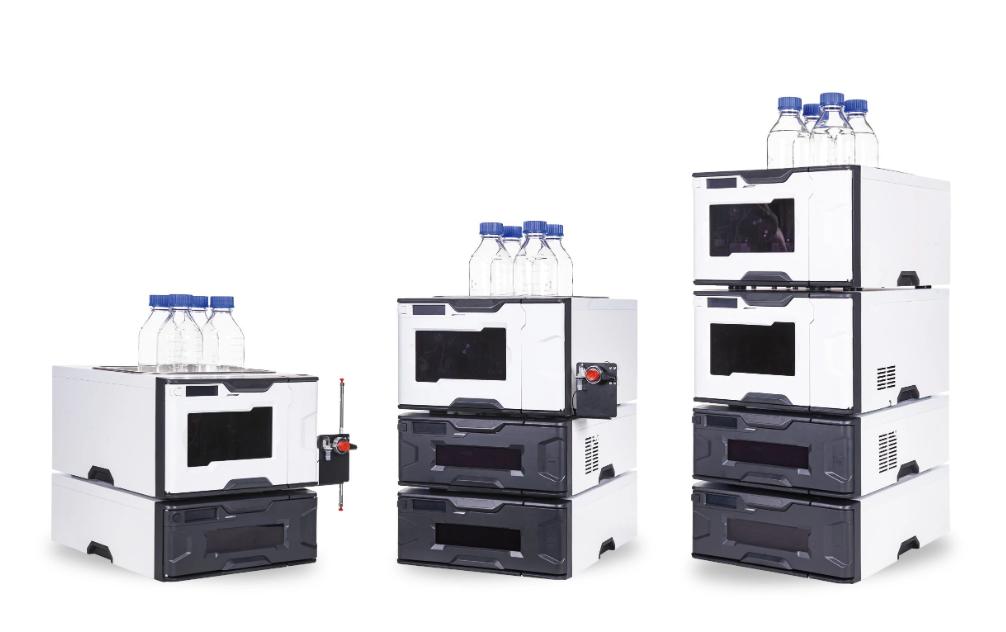
2. Stationary Phase and Mobile Phase
The composition and properties of the stationary and mobile phases are critical determinants of the separation achieved in both IC and LC. However, the nature of these phases differs significantly between the two techniques to accommodate their respective separation principles.
Ion Chromatography:
The stationary phase in IC typically consists of a cross-linked polymer matrix (e.g., polystyrene-divinylbenzene) onto which ionic functional groups are covalently bonded. These functional groups can be either positively charged (for anion exchange) or negatively charged (for cation exchange). The capacity of the stationary phase, which refers to the number of ion-exchange sites per unit mass, is a crucial parameter affecting retention.
The mobile phase in IC is an aqueous solution containing ions (the eluent) that compete with the analyte ions for binding sites on the stationary phase. The type and concentration of the eluent ions, as well as the pH and sometimes the addition of organic modifiers, are carefully controlled to achieve optimal separation. For example, in anion chromatography, a common stationary phase is a quaternary ammonium functionalized resin, and a typical mobile phase might consist of a sodium carbonate/bicarbonate buffer. By increasing the concentration of carbonate ions over time (gradient elution), strongly retained anions can be effectively eluted.
Liquid Chromatography:
LC utilizes a much wider variety of stationary phases depending on the specific separation mode. Reversed-phase chromatography, the most common type, employs non-polar stationary phases like octadecylsilane (C18) bonded to silica particles. Normal-phase chromatography uses polar stationary phases such as silica or alumina. Size exclusion chromatography utilizes porous materials to separate molecules based on their size. Affinity chromatography employs highly specific binding interactions between the analyte and a ligand immobilized on the stationary phase.
Similarly, the mobile phase in LC can range from purely organic solvents to aqueous buffers with varying pH and organic modifier content. The choice of mobile phase is dictated by the nature of the stationary phase and the analytes being separated. For instance, in reversed-phase LC, a gradient of increasing organic solvent concentration (e.g., acetonitrile in water) is often used to elute analytes with increasing hydrophobicity.
The stationary and mobile phases in IC are specifically designed to facilitate ionic interactions, whereas LC offers a broader range of chemistries tailored to different analyte properties, reflecting the fundamental differences in their separation principles.

3. Detection Methods and Detectors
The method used to detect the separated analytes as they elute from the column is a crucial aspect of both IC and LC. While some detectors are common to both techniques, IC relies heavily on a specific detection method due to its focus on ionic species.
Ion Chromatography: The primary detection method in IC is conductivity detection. As ions elute from the column, they pass through a flow cell equipped with electrodes, and the change in conductivity of the eluent is measured. However, the background conductivity of the eluent itself can be high, masking the signal from the separated analyte ions.
To overcome this, IC systems typically include a suppressor column placed after the separation column and before the detector. The suppressor column chemically modifies the eluent to reduce its conductivity while enhancing the conductivity of the analyte ions. For example, in anion chromatography using a sodium hydroxide eluent, the suppressor replaces the sodium ions with protons, converting the highly conductive hydroxide ions to less conductive water and the analyte anions (e.g., chloride) to their corresponding acids (e.g., hydrochloric acid), thus increasing their conductivity.
While conductivity detection is dominant, other detectors like UV-Vis spectroscopy, fluorescence detectors, and mass spectrometers can also be coupled with IC, often requiring post-column derivatization or specialized interfaces.

Liquid Chromatography: LC utilizes a wider array of detection methods depending on the properties of the analytes being analyzed. Common detectors include:
- UV-Vis detectors: Measure the absorbance of light by the eluting analytes at specific wavelengths. Widely used for compounds containing chromophores.
- Fluorescence detectors: Measure the fluorescence emitted by analytes after excitation at a specific wavelength. Highly sensitive for fluorescent compounds or those that can be derivatized to become fluorescent.
- Mass Spectrometers (MS): Provide structural information and high selectivity by measuring the mass-to-charge ratio of the separated analytes. Increasingly coupled with LC for complex mixture analysis.
- Refractive Index (RI) detectors: Measure the change in refractive index of the eluent as analytes pass through. Generally less sensitive and universal, used for compounds lacking strong UV absorbance.
- Electrochemical detectors: Measure the current generated by the oxidation or reduction of electroactive analytes at an electrode surface.
While LC employs a diverse range of detectors based on analyte properties, IC primarily relies on conductivity detection after eluent suppression, highlighting the focus on detecting ionic species in a conductive mobile phase.
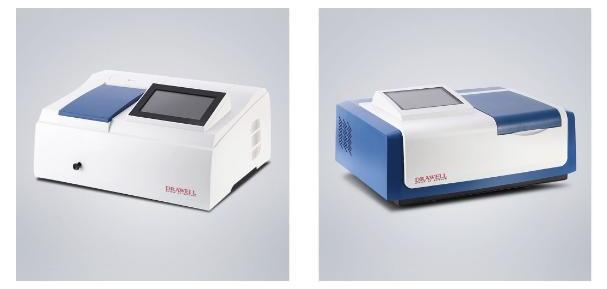
4. Sensitivity and Sample Preparation
The sensitivity achievable with IC and LC, as well as the complexity of sample preparation required, can differ significantly based on the nature of the analytes and the chosen technique.
Sensitivity
The inherent sensitivity of an analytical technique is a crucial factor determining its ability to detect and quantify trace levels of analytes. Both Ion Chromatography (IC) and Liquid Chromatography (LC) offer varying degrees of sensitivity depending on the detection method employed and the nature of the analytes being analyzed.
Ion Chromatography: Ion Chromatography, particularly when coupled with suppressed conductivity detection, often exhibits high sensitivity for ionic analytes. The suppression of the eluent’s background conductivity significantly enhances the signal-to-noise ratio for the target ions, allowing for the detection of low concentrations. However, the presence of high concentrations of other ions in the sample matrix can potentially impact the sensitivity for specific analytes due to matrix effects.
Liquid Chromatography: The sensitivity in Liquid Chromatography is highly dependent on the detector used and the physicochemical properties of the analytes. Some detectors, such as fluorescence and mass spectrometry, can provide very high sensitivity, especially for compounds that naturally fluoresce or ionize efficiently. UV-Vis detection sensitivity depends on the analyte’s molar absorptivity at the selected wavelength. Universal detectors like refractive index generally offer lower sensitivity compared to more analyte-specific detectors.
Here are the comparison of sensitivity by detection method:
| Detection Method | Ion Chromatography (IC) | Liquid Chromatography (LC) |
| Conductivity (with Suppression) | Generally High | Not typically used |
| UV-Vis | Moderate (can be enhanced with post-column derivatization) | Moderate to High (depending on analyte chromophore) |
| Fluorescence | High (with derivatization for non-fluorescent ions) | High (for naturally fluorescent or derivatized compounds) |
| Mass Spectrometry (MS) | High (with specialized interfaces) | High (versatile for various compound classes) |
| Electrochemical | Moderate to High (for electroactive ions) | Moderate to High (for electroactive organic compounds) |
| Refractive Index (RI) | Low | Low (universal but less sensitive) |
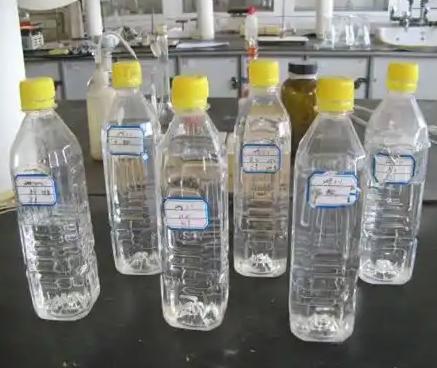
Sample Preparation
Sample preparation is a critical step in chromatographic analysis, aiming to isolate the analytes of interest from the sample matrix and present them in a form compatible with the chromatographic system. The complexity and nature of sample preparation procedures can differ significantly between Ion Chromatography and Liquid Chromatography due to the distinct types of analytes each technique targets.
Ion Chromatography: Sample preparation for IC often focuses on removing particulate matter and adjusting the sample matrix to be compatible with the ionic mobile phase and ion-exchange column. Common steps include:
1.Dilution: Reducing the concentration of the sample to fall within the working range of the instrument.
2.Filtration: Removing suspended particles that can clog the column or interfere with the separation. Membrane filters with appropriate pore sizes are typically used.
3.Neutralization: Adjusting the pH of the sample if it is highly acidic or basic, which could damage the column or affect the ionic equilibria.
4.Pre-concentration: For very low concentrations of target ions, techniques like solid-phase extraction (SPE) using ion-exchange cartridges can be employed to concentrate the analytes before injection. For example, trace anions in drinking water might be concentrated on an anion-exchange SPE cartridge and then eluted with a concentrated eluent for IC analysis.
5.Removal of Non-Ionic Interferences: In some cases, non-ionic organic compounds that might interfere with the separation or detection of ions may need to be removed using techniques like liquid-liquid extraction or SPE with non-polar sorbents.
Liquid Chromatography: Sample preparation for LC is often more varied and can be more complex, depending on the nature of the sample matrix and the target analytes, which are often non-ionic or organic. Common steps include:
- Dilution: Similar to IC, adjusting the concentration of the sample.
- Filtration: Removing particulate matter.
- Solvent Extraction (Liquid-Liquid Extraction): Separating analytes from interfering compounds based on their differential solubility in immiscible solvents. For instance, extracting hydrophobic pollutants from an aqueous matrix into an organic solvent.
- Solid-Phase Extraction (SPE): Using a solid sorbent to selectively retain analytes or remove interferences. SPE cartridges with various chemistries (e.g., reversed-phase, normal-phase, mixed-mode) are available. For example, removing lipids from a biological sample before analyzing drugs by reversed-phase HPLC.
- Protein Precipitation: Removing proteins from biological samples (e.g., plasma, serum) by adding organic solvents or acids, followed by centrifugation.
- Derivatization: Chemically modifying analytes to enhance their detectability (e.g., by introducing a chromophore or fluorophore) or improve their chromatographic behavior. For example, derivatizing amino acids with a fluorescent tag before HPLC analysis.
In general, sample preparation for IC tends to be simpler and more focused on removing particulate matter and adjusting the ionic environment. LC, on the other hand, often requires more extensive and varied sample preparation procedures to remove a wider range of interferences and to make the analytes compatible with the non-ionic or less polar mobile and stationary phases used in many LC modes. The complexity of LC sample preparation is often driven by the need to separate the target organic analytes from complex matrices like biological fluids, food extracts, or environmental samples containing a diverse range of compounds.
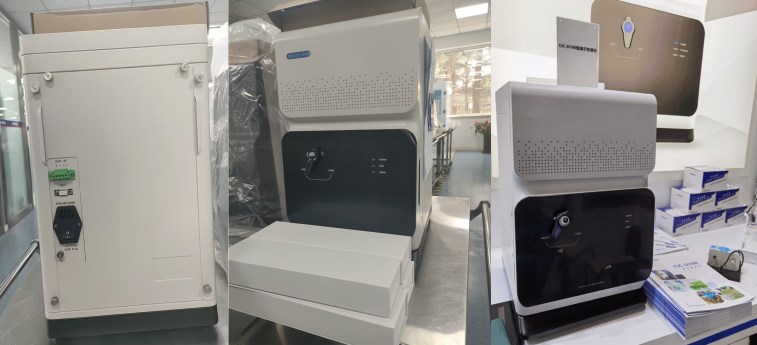
5. Applicable Scenarios and Typical Applications
Due to their differing separation principles and strengths, IC and LC are best suited for distinct analytical scenarios and find widespread use in various fields.
| Feature | Ion Chromatography (IC) | Liquid Chromatography (LC) |
| Primary Analytes | Ionic and highly polar compounds (anions, cations, small charged molecules) | Non-ionic and less polar organic compounds, biomolecules (proteins, peptides, nucleic acids), pharmaceuticals, etc. |
| Applicable Scenarios | Analysis where ionic species are the primary targets and matrix effects from non-ionic compounds are minimal or can be easily addressed. | Analysis of a wide range of organic and biomolecules in various matrices, where separation is based on properties like hydrophobicity, polarity, size, or specific binding. |
Ion Chromatography is the technique of choice for the analysis of ionic and highly polar compounds. Its typical applications include:
- Environmental analysis: Determination of anions (e.g., chloride, sulfate, nitrate, fluoride, bromide, phosphate) and cations (e.g., sodium, potassium, calcium, magnesium, ammonium) in water, soil, and air samples. For example, IC is routinely used to monitor nitrate and phosphate levels in surface waters to assess eutrophication.
- Food and beverage analysis: Analysis of food additives (e.g., preservatives, artificial sweeteners), nutrients (e.g., vitamins), and contaminants (e.g., perchlorate in milk).
- Pharmaceutical analysis: Determination of counterions in drug formulations, analysis of ionic impurities, and quality control of pharmaceutical products.
- Clinical chemistry: Analysis of ions in biological fluids like blood and urine (e.g., electrolytes).
Liquid Chromatography, with its diverse separation modes, finds applications in a much broader range of analyses, particularly for non-ionic and less polar compounds. Typical applications include:
- Pharmaceutical analysis: Determination of active pharmaceutical ingredients, drug metabolites, and impurities in drug formulations and biological samples. For example, High-Performance Liquid Chromatography (HPLC) is a cornerstone technique in pharmaceutical quality control.
- Biotechnology: Separation and analysis of proteins, peptides, nucleic acids, and other biomolecules. For instance, reversed-phase HPLC is widely used for protein purification.
- Food chemistry: Analysis of vitamins, lipids, carbohydrates, pesticides, and other organic compounds in food matrices.
- Environmental analysis: Determination of organic pollutants like polycyclic aromatic hydrocarbons (PAHs), polychlorinated biphenyls (PCBs), and pesticides in environmental samples.
IC excels in the analysis of ionic and polar species in diverse matrices, while LC’s versatility makes it indispensable for separating and quantifying a wide array of non-ionic and organic compounds across numerous scientific disciplines.
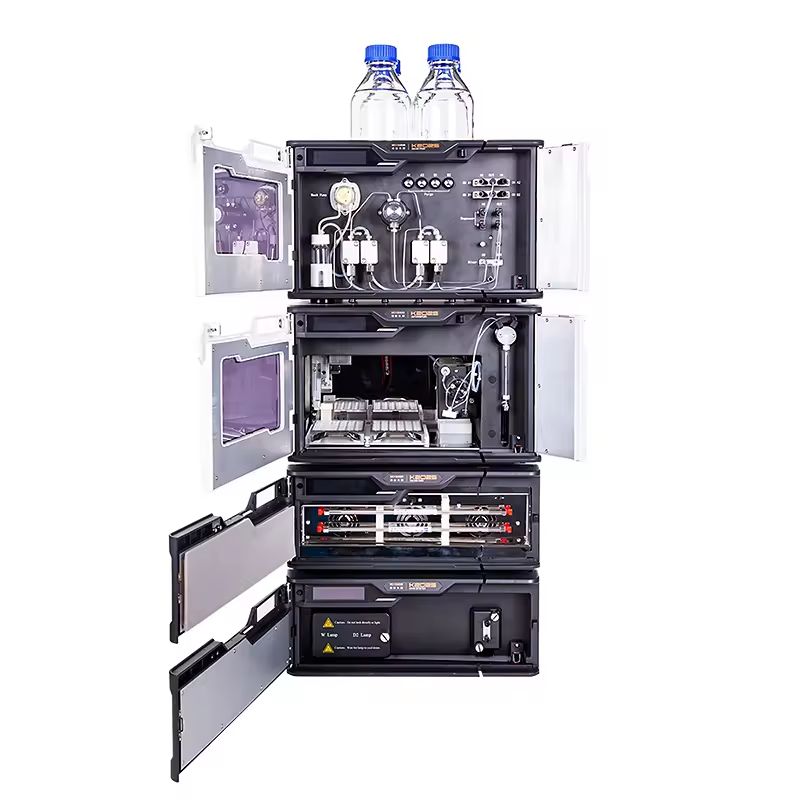
6. Cost and Maintenance
The initial cost of the instrumentation and ongoing maintenance requirements can be important factors when choosing between IC and LC.
Ion Chromatography systems can have a comparable initial cost to standard LC systems. However, the inclusion of a suppressor column adds a unique component and associated maintenance. The cost of specialized IC columns and eluents should also be considered. Maintenance primarily involves ensuring the proper functioning of the suppressor, regular column cleaning, and maintaining the purity of the eluent. While generally robust, the suppressor can require periodic replacement depending on the sample matrix and operating conditions.
The initial cost of Liquid Chromatography systems can vary widely depending on the complexity and the type of detectors employed (e.g., LC-MS systems are significantly more expensive than basic UV-Vis LC systems). The cost of LC columns and solvents also contributes to the overall operational expenses. Maintenance involves pump seal replacements, injector maintenance, column care, and solvent filtration. The complexity and cost of maintenance can increase significantly with more sophisticated LC systems and detectors. For instance, mass spectrometry detectors require specialized gas supplies and skilled operators, leading to higher maintenance costs.
While the initial costs can be comparable, the specific components like the suppressor in IC and the wide range of detectors in LC can influence the overall cost and maintenance considerations for each technique.
Summary
In summary, Ion Chromatography and Liquid Chromatography both are powerful liquid-phase separation techniques. IC is specifically tailored for the analysis of ionic and highly polar compounds through ion-exchange mechanisms and primarily utilizes conductivity detection after suppression. In contrast, LC encompasses a broader range of separation principles and detection methods, making it suitable for a wider variety of analytes, particularly non-ionic and organic compounds. By understanding their differences in principles, phases, detection methods, sensitivity, applications, and costs, analysts can make informed choices tailored to their research or industrial needs. Whether isolating ions in water samples or dissecting complex drug formulations, the right chromatography method ensures accurate, efficient, and reliable results.
Related Products Recommendation
What Next?
For more information, or to arrange an equipment demonstration, please visit our dedicated Product Homepage or contact one of our Product Managers.

